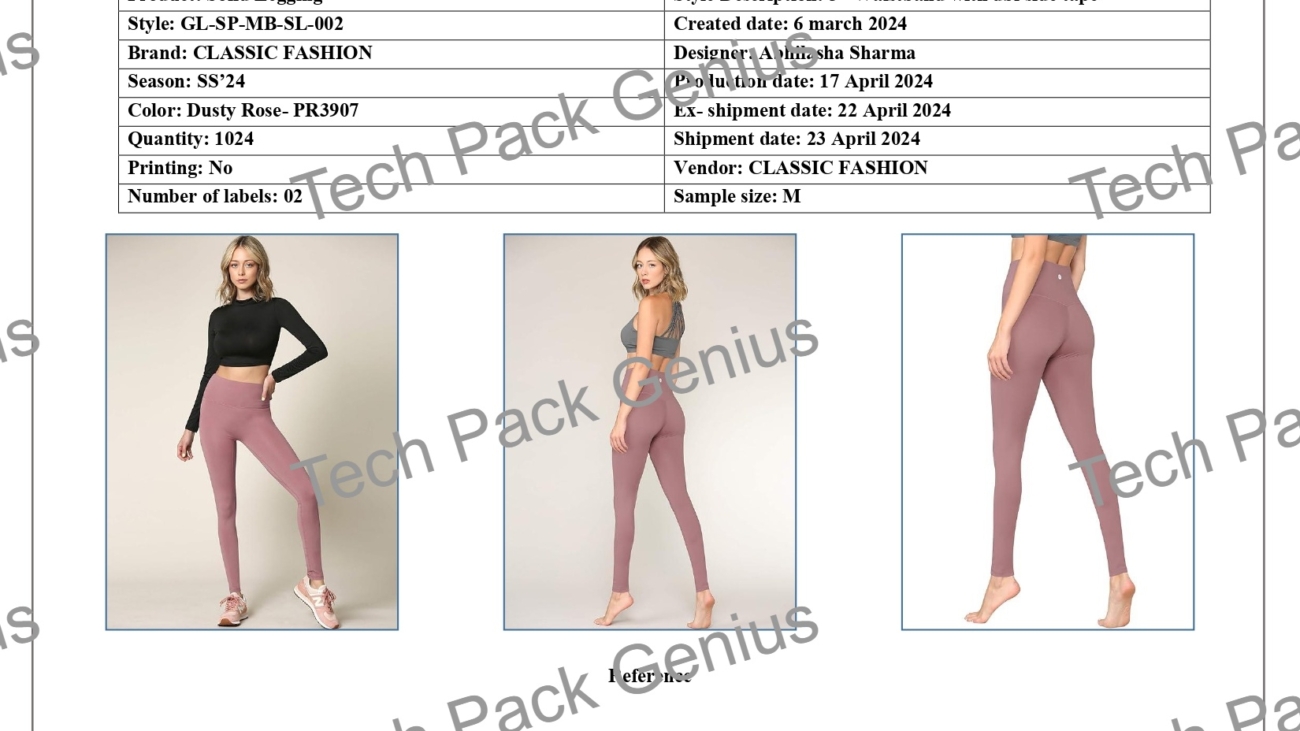Today all businesses need a website. Whether you are a small business owner, a start-up founder, or a large corporation, a website plays an important role in selling your products or services, getting new clients, promoting your brands, etc. In this blog, we will learn the 5 top benefits of having a website and how it can boost your business.
1. Increased Visibility
Most people get information about a product or a service from the Internet. Before purchasing a product or service, they gather information about them online. If your business doesn’t have a website, you are missing a lot of potential buyers. A website can boost your business by increasing your business and product visibility. It will also be helpful to potential customers when they search for relevant keywords.
Seo can help you in increasing visibility. SEO stands for Search Engine Optimization. You can do on-page SEO, off-page SEO, and technical SEO to improve the ranking of your website. A better rank increases the probability of more customers. SEO involves using relevant keywords, writing high content, using captions for images, writing engaging titles for blogs, and optimizing your website according to the screen.
The main benefit of having a website is your brand or product can attract customers from different parts of the world. Suppose you own a traditional shoe shop in the small village of Jodhpur. Having a website can help you by being independent. You can sell your shoes anywhere in the world. You can receive payment from different countries.

2. Customer Engagement
Lorem ipsum dolor sit amet, consectetur adipiscing elit. Ut elit tellus, luctus nec ullamcorper mattis, pulvinar dapibus leo.

3. Credibility and Trust
Lorem ipsum dolor sit amet, consectetur adipiscing elit. Ut elit tellus, luctus nec ullamcorper mattis, pulvinar dapibus leo.

4. Cost-Effective Marketing
Lorem ipsum dolor sit amet, consectetur adipiscing elit. Ut elit tellus, luctus nec ullamcorper mattis, pulvinar dapibus leo.

5. Accessibility and Convenience
One of the best perks of having a website is you don’t have to worry about time. In an offline store, you must open your store in the morning, and close it at night. A website is accessible to your customers all the time. It means they can purchase your product or service at any time.
Many people don’t want to go to the physical store for many reasons. It may be because of their busy lifestyle, or they don’t want to go out on a hot sunny day. Having a website gives your customers convenience and flexibility.
Adding details like multiple photos of your products, testimonials page, faq, contact forms, how to use, etc. can help customers get the help they need without visiting your physical store.

Conclusion
We at Techpack Genius, help all businesses boost their businesses by creating a website at an affordable price. You can check our price list on the service page and select a plan that fits your needs. Whether you are planning to start a business, or looking to expand your business, we are always here to help you.

